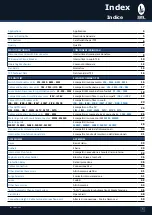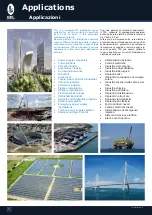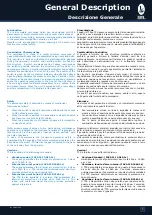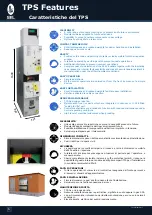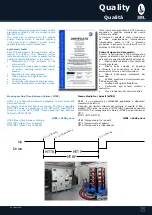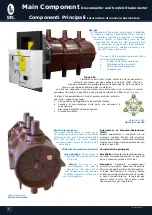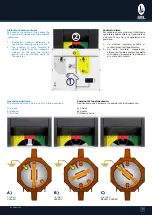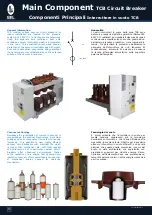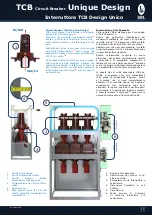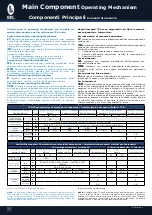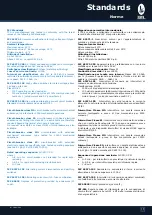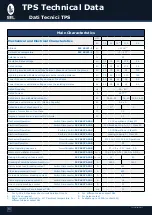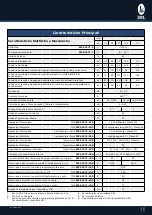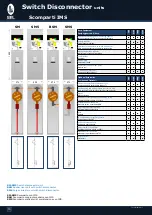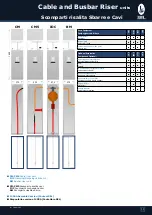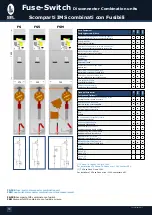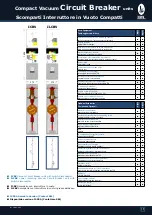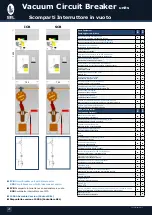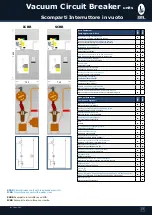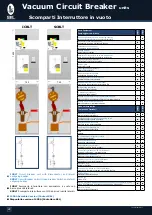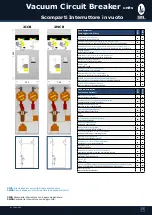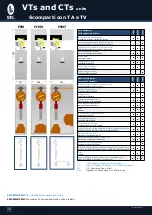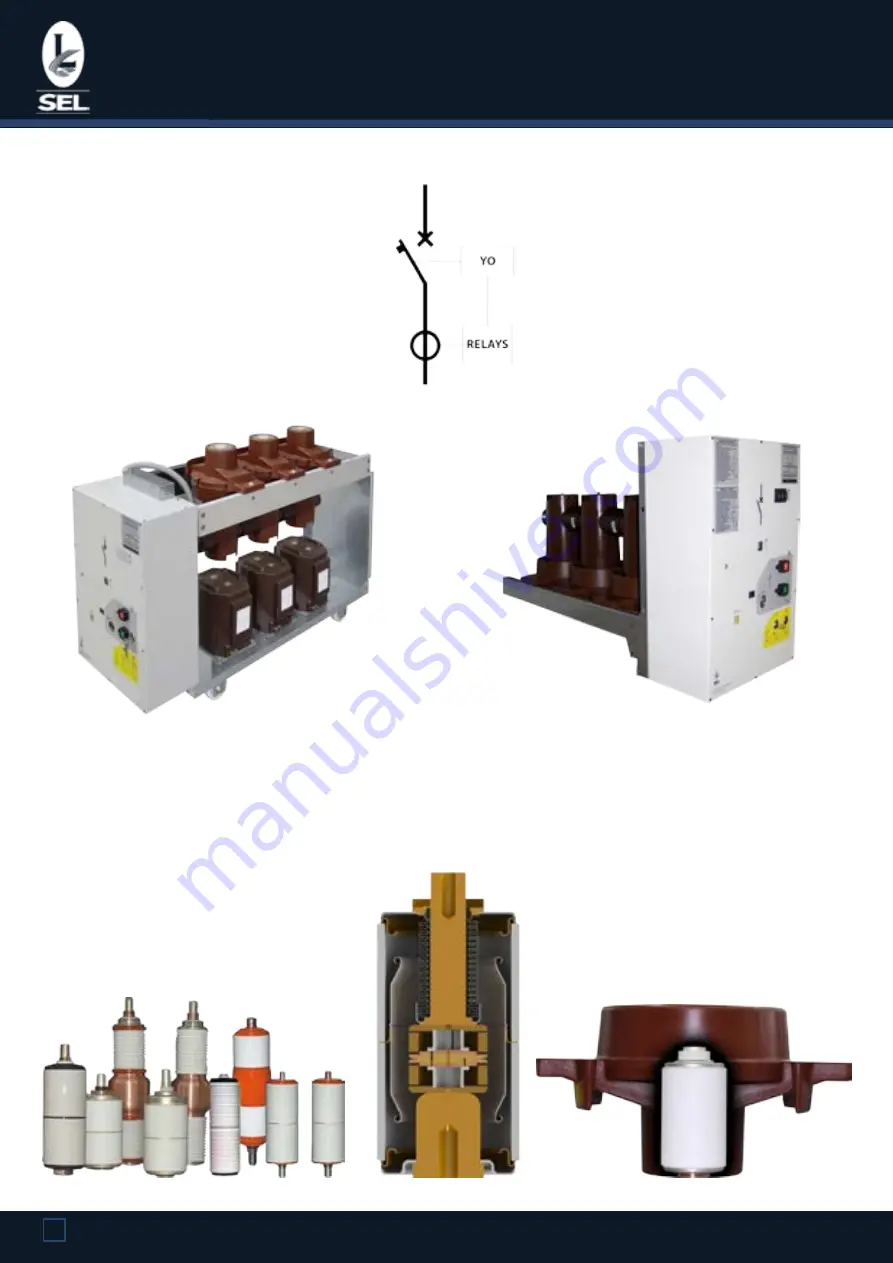
TPS_ED1401-ENIT
10
Main Component
TCB Circuit Breaker
Componenti Principali
Interruttore in vuoto TCB
General information
TCB medium voltage vacuum circuit breakers for
indoor installation are “sealed for life” pressure
systems (IEC 62271-1) and they are manufactured
using the separate pole technique. Each pole
contains a vacuum interrupter which is incorporated
in the resin. This construction technique ensures
protection of the vacuum interrupter against impact,
dust and condensation phenomena and guarantees
the lightning impulse withstand also on the external
surface of the vacuum interrupter.
Generalità
I nostri interruttori in vuoto della serie TCB sono
sistemi a pressione sigillata e garantita (Norme IEC
62271-1) realizzati a poli separati ciascuno dei quali
contiene una ampolla sotto vuoto che, grazie ad un
particolare processo produttivo, viene inglobata in
resina. Ciò garantisce la protezione dell’elemento
principale dell’interruttore da urti, fenomeni di
condensazione, accumulo di polvere ed assicura
la tenuta all’impulso atmosferico sulla superficie
esterna dell’ampolla.
Vacuum technology
Nowadays the interruption of current in vacuum is
recognised as the dominant technology in medium
voltage and as a consequence its use is continuously
increasing. It is possible to have highly efficient
vacuum circuit-breakers with electrical life which
is longer than mechanical life, with total respect
of environment; but in particular, vacuum circuit-
breakers offer enhanced performances thanks
to the reduction of arc energy, fast opening time,
insulation recovery after overvoltage and reduction
of mechanical energy needed for operating
mechanism.
Tecnologia del vuoto
E’ ormai evidente che l’interruttore in vuoto per
media tensione rappresenti già la tecnologia
dominante sul mercato e che la sua diffusione stia
crescendo in maniera forte. Infatti oggi è possibile
ottenere interruttori in vuoto efficienti, con durata
elettrica che supera quella meccanica, innocui dal
punto di vista ambientale; ma soprattutto con
prestazioni superiori per ridotta energia d’arco,
ripristino dell’isolamento dopo una sovratensione,
tempi di apertura minimi, ridotta energia meccanica
per il comando.



